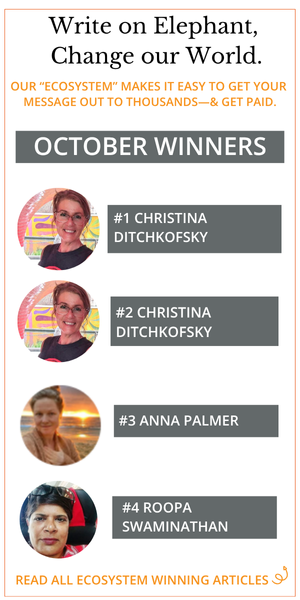“Valentine’s Day represents everything I dislike about the floral industry,” I found myself saying to a fellow florist over our weekly Zoom chat on all things floral.
Don’t get me wrong: I love flowers. I live and breathe floral design. My life is defined by my dedication to this perishable, impractical, pressure-filled, and impossibly beautiful craft. The florist life is not easy, and if you don’t truly love flowers, it does not make any sense.
As soon as January arrives, tension begins to build among florists to plan for Valentine’s Day which, along with Mother’s Day, brings in a significant chunk of the whole year’s profits for most retail flower shops. Against the backdrop of the pandemic and a badly hit wedding industry, the pressure is especially on.
Why do I dislike Valentine’s Day?
First, it takes place on February 14th, in the heart of winter, when local flowers are in short supply even on the West Coast. It’s 2021, but mass-produced hothouse roses still define the aesthetic with their straight stems and stiff, flawless, unemotional blooms. A great majority of the 250 million roses sold for Valentine’s Day are shipped in from South America where environmental standards are lower and pesticides not allowed in the United States or Europe are heavily used in rose production, with terrifying consequences to the health of the environment and the workers growing them. Add to this the emissions from shipping these endless boxes of product and the rose as a timeless symbol of love and devotion begins to quickly wilt.
The most popular roses come in a deep saturated red and a hot lipstick pink. The colors, to me, feel brash, aggressive, outdated, and out of alignment with the current leaps of forward motion the field has made in aesthetic sensibility. Today’s contemporary floral trends call for soft, layered tones with organic, asymmetrical silhouettes, complete with vines, branches, grasses, seedpods, and other elements that allow for the arrangements to look like they are naturally growing in the landscape.
I’m left to wonder: how could Valentine’s Day catch up to a more refined, thoughtful, cultivated aesthetic? Who is still actively and genuinely choosing the generic dozen roses? Why doesn’t sustainability factor into these expressions of floral affection?
I gently suggest: consider foregoing the perfect imported rose this year. Think outside the floral box of baby’s breath and leather fern accents. Skip the wire service altogether and shop directly with your local florist. Ask questions about locally grown spring blooms that might already be available in mid-February (and if none are, opt for Dutch imports). Get curious about color and begin to think beyond the high contrast scarlet. Give your florist some keywords that describe your beloved and set them free to create a customized arrangement that reflects who you both are and promotes creativity and collaboration over a cookie-cutter flower factory aesthetic.
Pause to think: what else is possible in your flower choices this Valentine’s Day? What if yellow or purple said “I love you” more precisely and personally than red or pink? Could the shape of a blooming almond branch gesture the sweeping emotion you feel more whimsically and completely? How about a quiet posy of paperwhites? A wild cascade of tulips? A handful of textured ferns, tied with a silk ribbon? What about a single glorious stem of helleborus?
Better yet: take the pressure off February 14th and purchase a year-long flower subscription to continue witnessing the seasons change in your own living room on a weekly or monthly basis.
What would it take for Valentine’s Day flowers to catch up to their modern-day potential? What would it mean to celebrate the holiday through flowers that actually belong to this season? What would it look like to invite bona fide elements of nature to participate in your love song?
Most importantly: how could being a more thoughtful, intentional, creative, and timely Valentine’s Day consumer serve your florist, the environment, and the person you’re gifting flowers to?


 Share on bsky
Share on bsky





Read 3 comments and reply